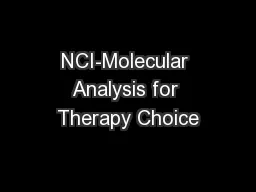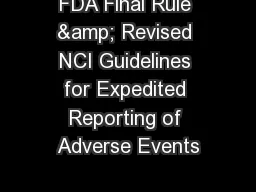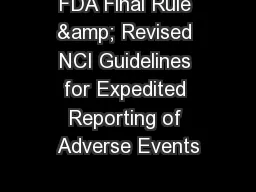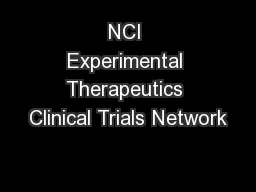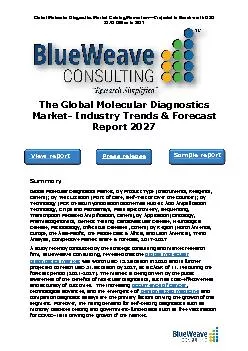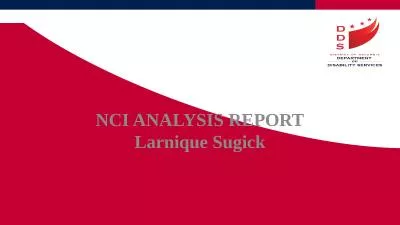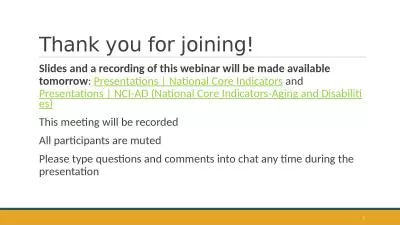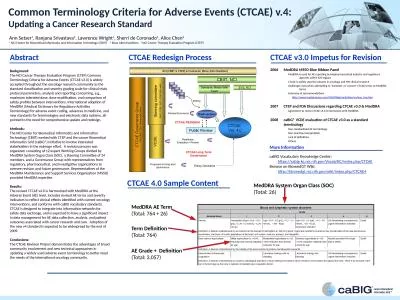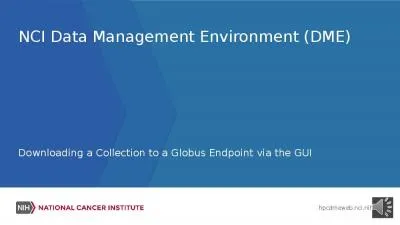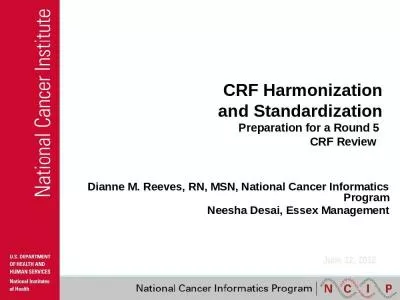PPT-NCI-Molecular Analysis for Therapy Choice
Author : conchita-marotz | Published Date : 2018-11-21
NCIMATCH EAY131 A phase II precision medicine cancer trial Codeveloped by the ECOGACRIN Cancer Research Group and the National Cancer Institute Version Date 06202018
Presentation Embed Code
Download Presentation
Download Presentation The PPT/PDF document "NCI-Molecular Analysis for Therapy Choic..." is the property of its rightful owner. Permission is granted to download and print the materials on this website for personal, non-commercial use only, and to display it on your personal computer provided you do not modify the materials and that you retain all copyright notices contained in the materials. By downloading content from our website, you accept the terms of this agreement.
NCI-Molecular Analysis for Therapy Choice: Transcript
Download Rules Of Document
"NCI-Molecular Analysis for Therapy Choice"The content belongs to its owner. You may download and print it for personal use, without modification, and keep all copyright notices. By downloading, you agree to these terms.
Related Documents

